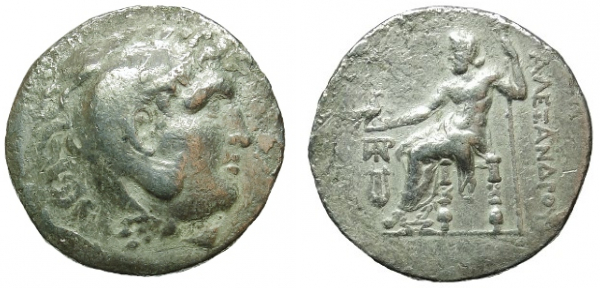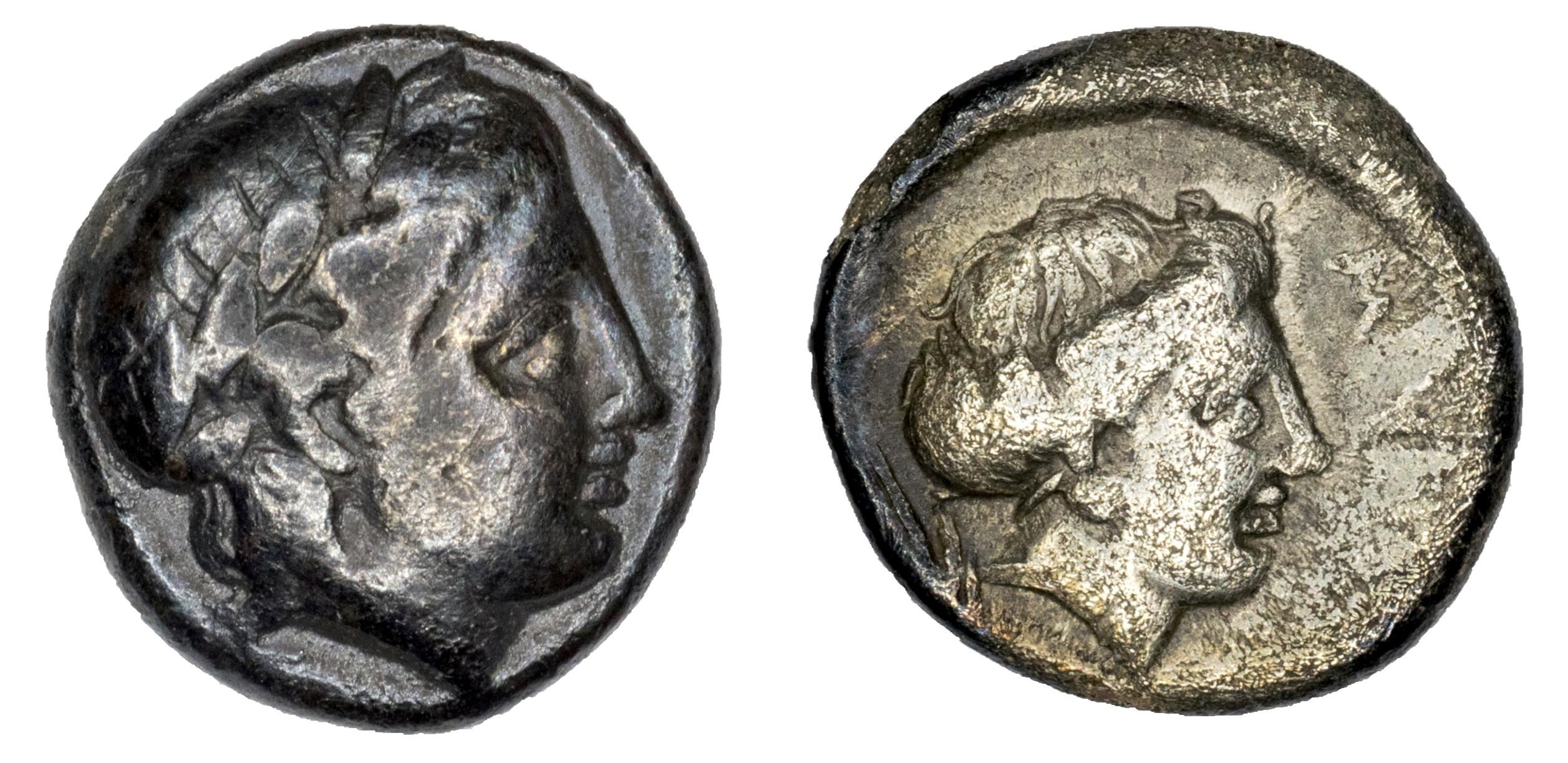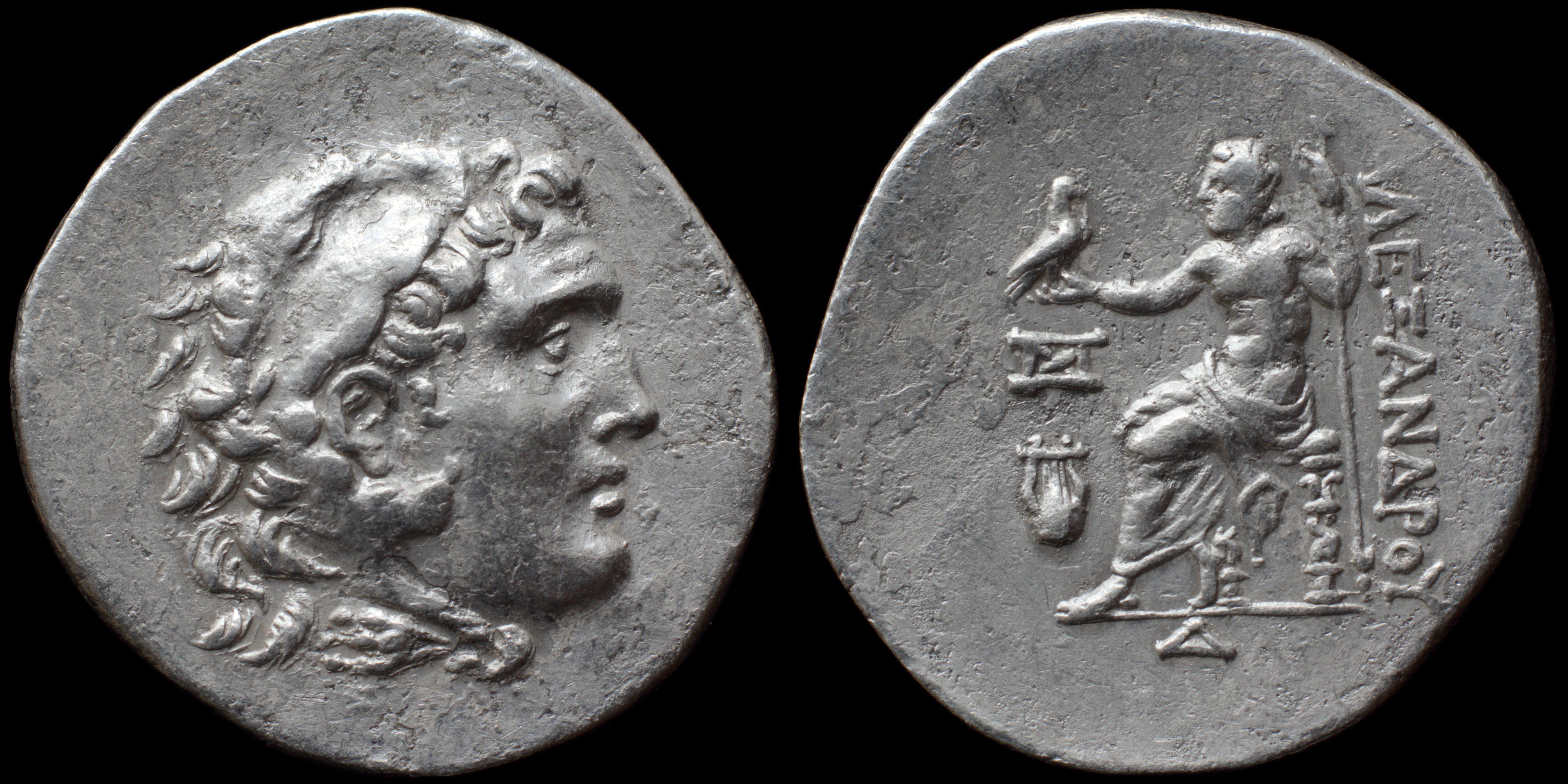As an ancient city, lying off the east coast, Mytilene was initially confined to an island that later was joined to Lesbos, creating a north and south harbour.
Her most famous citizens were the poets Sappho and Alcaeus and the statesman Pittacus (one of the Seven Sages of ancient Greece).
Aristotle lived on Mytilene for two years, 337-335 BC, with his friend and successor, Theophrastus (a native of the island), after becoming the tutor to Alexander, son of King Philip II of Macedon.
The Romans, among whom was a young Julius Caesar, successfully defeated Mytilene in 80 BC at the Siege of Mytilene.
Her most famous citizens were the poets Sappho and Alcaeus and the statesman Pittacus (one of the Seven Sages of ancient Greece).
Aristotle lived on Mytilene for two years, 337-335 BC, with his friend and successor, Theophrastus (a native of the island), after becoming the tutor to Alexander, son of King Philip II of Macedon.
The Romans, among whom was a young Julius Caesar, successfully defeated Mytilene in 80 BC at the Siege of Mytilene.
Modern location: Mitilini, Greece
(1)
Alexander III

An
AR
Tetradrachm
struck 215-200 B.C.
in
Mytilene
Obverse: Head of Herakles to right, wearing lion skin headdress.
Reverse: AΛEΞANΔΡOY / ΠΑTR - Zeus seated left on throne, holding sceptre and eagle; in left field, monogram ΠΑTR above lyre.
Diameter:
32.3 mm
Die Orientation: 12 H
Weight: 15.73 g
Die Orientation: 12 H
Weight: 15.73 g
Posthumous Issue
Price 1702; Müller 975; Mektepini hoard 244-246; Latakia hoard 47.
(2)
Mytilene

Obverse: Laureate head of Apollo right
Reverse: MYTI. Head of Aphrodite or Sappho right; uncertain symbol to left; all within incuse circle
Diameter:
10 mm
Die Orientation: -
Weight: 1.31 g
Die Orientation: -
Weight: 1.31 g
Ex-Pecunem 39-328
Cf. BMC 8-14; HGC 6, 1037.
(3)
Mytilene
|
Alexander III

An
AR
Tetradrachm
struck c. 188-170 BC
in
Mytilene
Obverse: head of young Heracles in lionskin right
Reverse: Zeus seated left, leaning on scepter, holding eagle, lyre left; AΛEΞANΔPOY / monogram / Δ
Diameter:
34.5 mm
Die Orientation: -
Weight: 15.9 g
Die Orientation: -
Weight: 15.9 g
No notes for this coin
Price 1718
